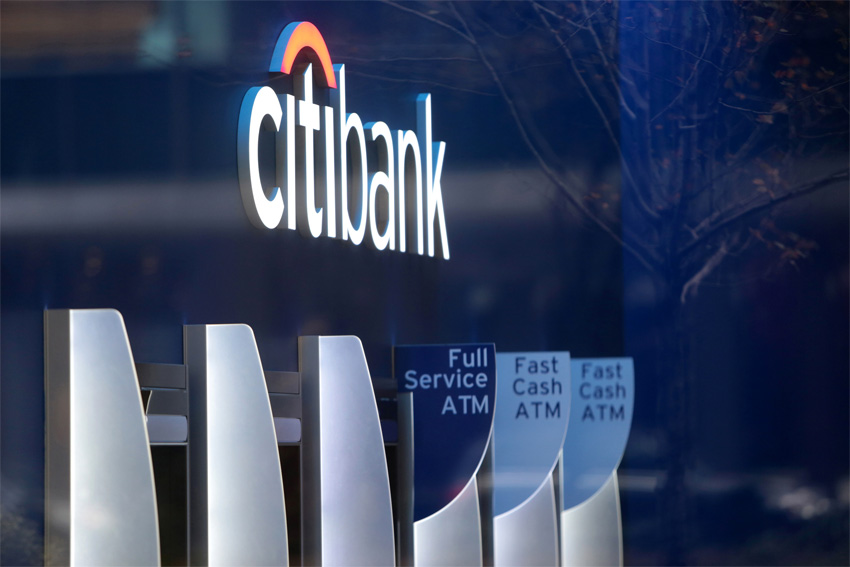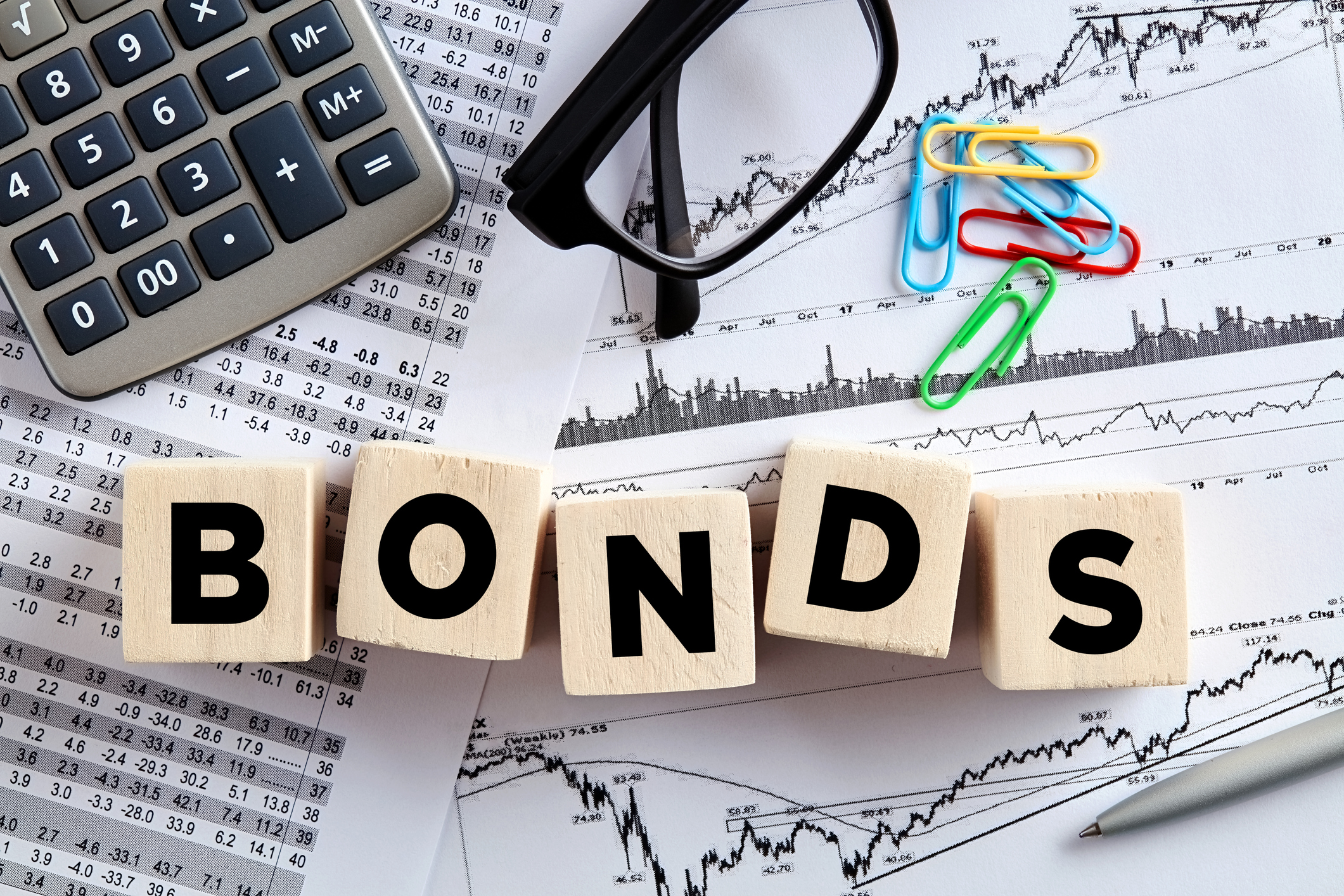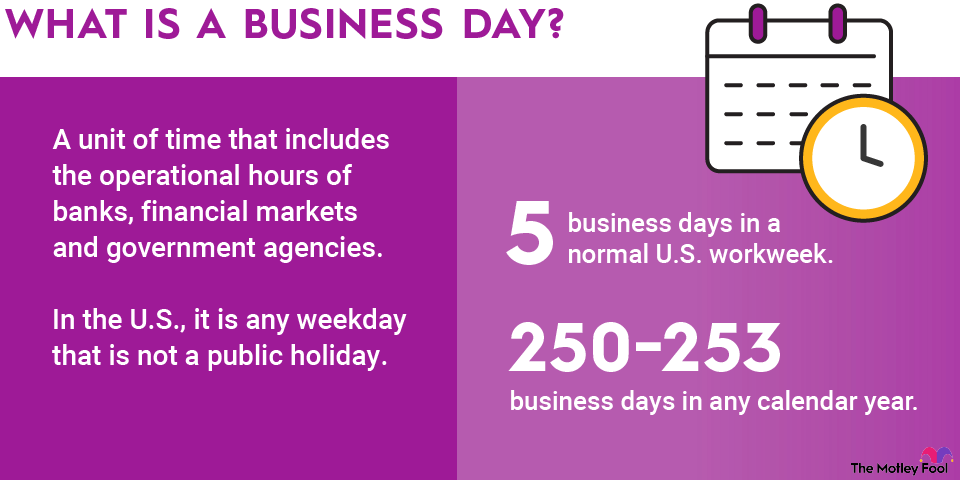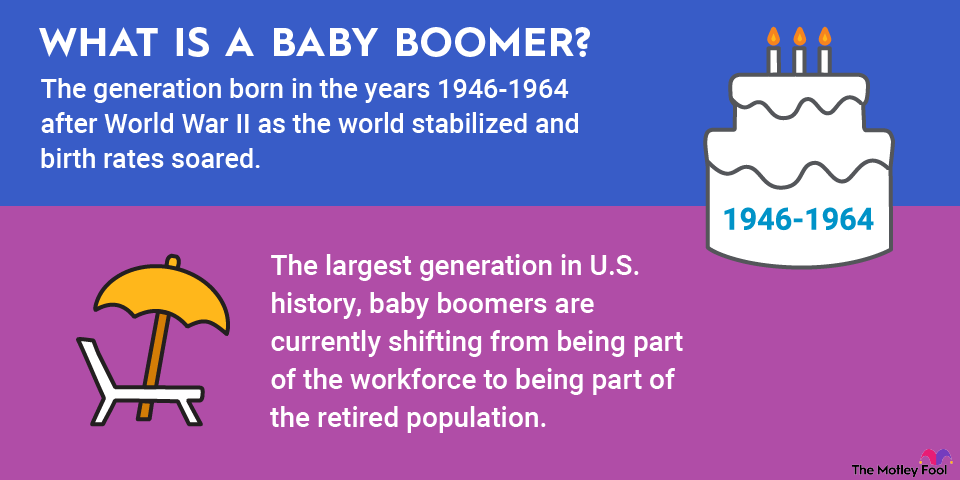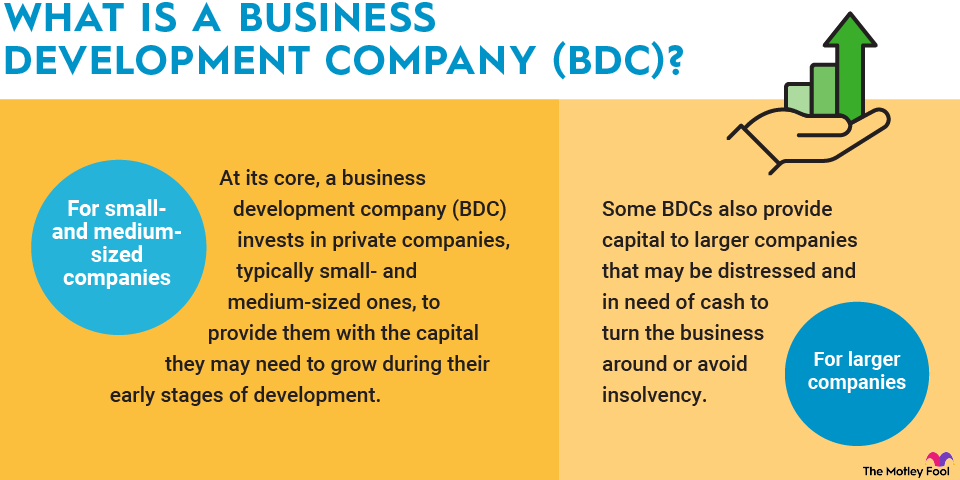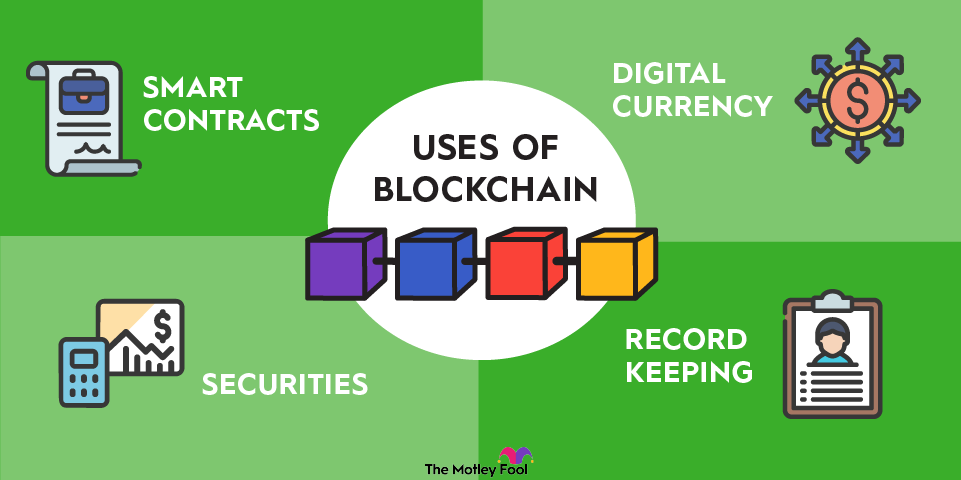A blockchain ecosystem refers to the different parts that make up a blockchain network and how they interact. All serve a role in the blockchain and are part of how it functions.
Even though blockchain networks have similarities, each one is unique. The elements of blockchain ecosystems can vary. For example, Bitcoin (BTC +0.38%) and Ethereum (ETH -2.86%) have two very different blockchain ecosystems, with Ethereum featuring a much wider range of projects and services.
Blockchain ecosystems are an important subject for crypto investors. The ecosystem shows how a blockchain works, and it often can help us figure out the current health of a blockchain. In this guide, you'll learn more about blockchain ecosystems and see some of the most notable examples.
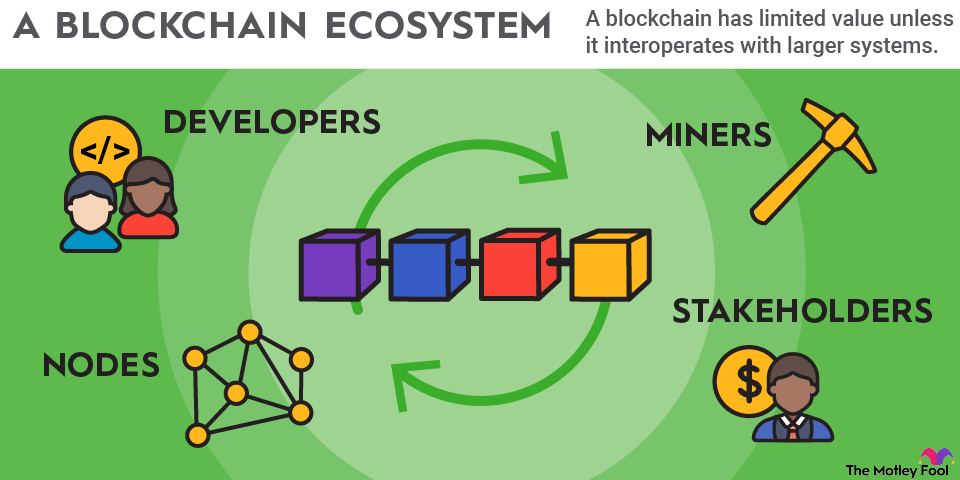
How a blockchain ecosystem works
At its most basic level, a blockchain is a type of distributed ledger, or database. It's distributed across various blockchain nodes, and it's completely decentralized, meaning there's no single entity controlling it. The data is stored in blocks that connect to each other, hence the name.
The elements that make up and contribute to the blockchain are its ecosystem. Elements that you'll find in any blockchain ecosystem are:
- Developers: The parties who build and update the blockchain network.
- Nodes: Devices that run the blockchain's software and keep an up-to-date history of its transactions.
- Miners/validators: Participants in the blockchain's transaction validation process. A blockchain can have either miners or validators, depending on the validation system it uses.
- Stakeholders: Holders of the blockchain's native cryptocurrency. This includes people who have bought it as a cryptocurrency investment and who plan to use it for payments. With some blockchains, stakeholders have the right to make and vote on proposals, giving them a say in its future.
Although those are the core elements of a blockchain ecosystem, they're often only the beginning. Starting with Ethereum, many modern blockchains have launched with the capability of running smart contracts. A smart contract is a self-executing blockchain contract, like a program that runs on a blockchain.
Smart contracts dramatically expand blockchain technology capabilities, and they introduce a new group in a blockchain ecosystem -- the projects built on that blockchain. Here are just a few of the types of projects that can be created on a smart contract blockchain:
- Decentralized finance (DeFi) platforms offer alternatives to traditional financial services, such as crypto lending programs.
- Non-fungible tokens (NFTs) encoded in the blockchain represent ownership of a unique digital asset.
- Blockchain video games combine elements of cryptocurrency with traditional online gaming.
- Virtual real estate exists in a digital world and can be bought and sold.
When someone refers to the Ethereum ecosystem or the Cardano (ADA -1.77%) ecosystem, to use two popular examples, they're usually talking about the projects on the blockchain network. The projects can be a solid way to gauge how well a blockchain is doing and its potential as an investment.
If a blockchain has a large ecosystem with a diverse range of projects, that's a good sign. This is one reason why Ethereum is such a popular investment.
The inverse isn't always true. Blockchains that are still in the development stage may be worthwhile investments even if they don't have much of an ecosystem yet. But, at some point, it's important for a blockchain to move past the theoretical and actually attract users.
A blockchain has limited value unless it interoperates with larger systems.
Blockchain ecosystem list
The cryptocurrency market is full of blockchain ecosystems. Let's take a look at a few of the biggest and most important ones.
1. Bitcoin

CRYPTO: BTC
Key Data Points
Bitcoin is the cryptocurrency that started it all and the biggest by market capitalization. However, the Bitcoin ecosystem is more limited compared to many of the blockchains that have emerged in the years since its launch.
The purpose of Bitcoin, as laid out in the Bitcoin white paper, is to be a peer-to-peer electronic payments system. It still does that, although it's now frequently used as a store of value. Since it's designed as a digital currency, Bitcoin's ecosystem relies on a large number of nodes and miners using its proof-of-work system to record transactions.
It also has an active development community, with developers primarily working on fixing bugs and making functionality enhancements.
2. Ethereum

CRYPTO: ETH
Key Data Points
What Is Fiat Currency?4. Stellar


